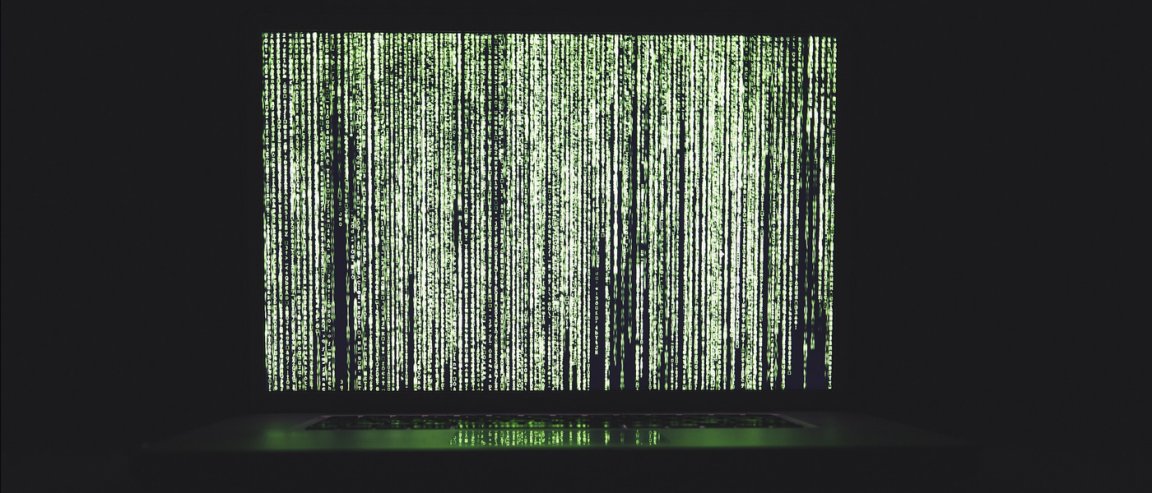
A heuristic approach
Machine learning technology in neural networks has been pushing artificial intelligence (AI) development to new heights. Most AI systems learn to do things using a set of labelled data provided by their human programmers. Parham Aarabi and Wenzhi Guo, engineers from the University of Toronto, Canada have taken machine learning to a different level, developing an algorithm that can learn things on its own, going beyond its training.

In a study published in the journal IEEE Transactions on Neural Networks and Learning Systems, the researchers discuss how they created an algorithm that identifies people’s hair in photographs. Instead of the usual method of training neural networks (exposure to existing sets of examples), their algorithm learned directly from human instructions, a model called “heuristic training.” For instance, a typical instruction or algorithm guideline to identify water would go something like, “Sea water is likely to be in shades of blue,” instead of showing the algorithm hundreds of photos of water.
The results may define the future of AI as the researchers’ heuristically trained neural network outperformed conventional machine learning algorithms by 160 percent. What’s more, it even learned to recognize hair in photos with 9 percent greater reliability than how it was trained, showing it was able to increase its own performance. “Our algorithm learned to correctly classify difficult, borderline cases — distinguishing the texture of hair versus the texture of the background,” says Aarabi. “What we saw was like a teacher instructing a child, and the child learning beyond what the teacher taught her initially.”
Improving neural networks
As mentioned, this heuristic approach is a change in machine learning, but it shows considerable promise for training AI. It can enable neural networks to make correct classifications of data that’s previously unknown or unclassified — information not included in the data set, so to speak.
Continuous development of this approach can lead to AI that judges situations it wasn’t previously exposed to, such as identifying previously unseen cancerous tissues during medical analysis or the objects surrounding an autonomous vehicle as it moves. “We’re keen to apply our method to other fields and a range of applications, from medicine to transportation,” Guo explained.
This could be the future of AI.